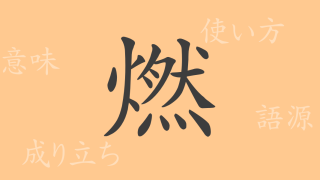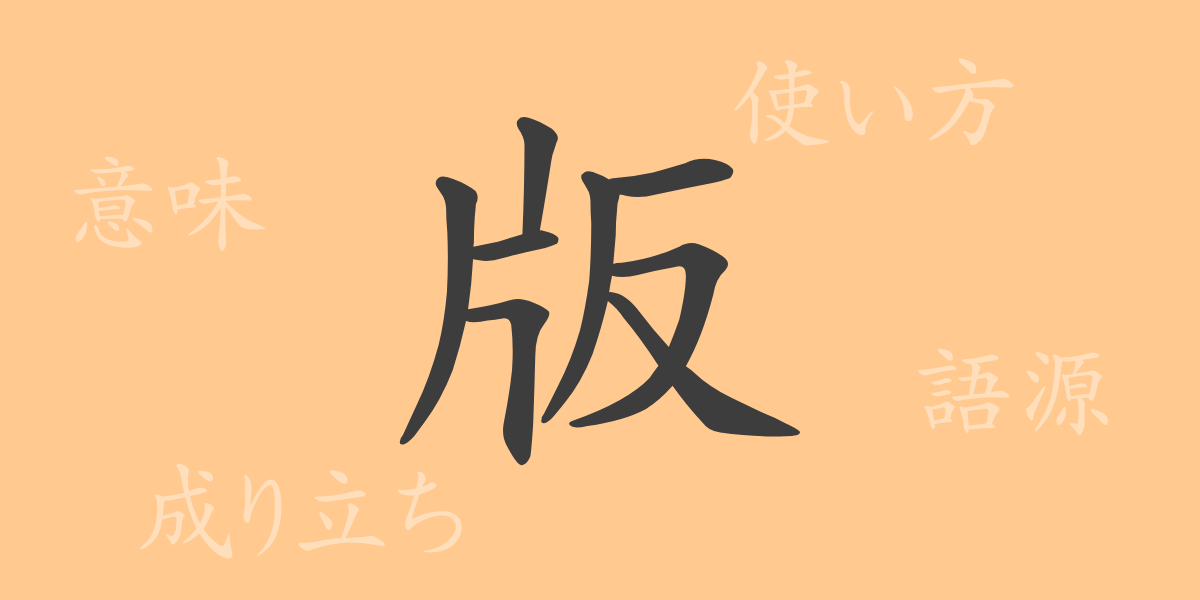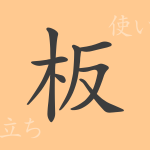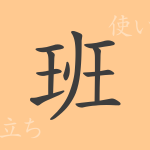The power of a single kanji character in Japanese culture is profound, embodying deep history and cultural significance. “版” (ハン) is no exception. In this article, we explore “版” from its origins to its meanings, applications, pronunciation, and usage in phrases and idioms, offering a deep dive into the world of this kanji as we rediscover the depths of the Japanese language.
Origins of 版 (ハン)
The kanji “版” traces back to ancient China. Initially related to “反” (ハン), which signifies turning over, it came to mean using an engraved board for printing. This board used in printing processes became the basis for the kanji “版”, which later extended to meanings including printed works and prints.
Meaning and Usage of 版 (ハン)
“版” has multiple meanings. It is commonly used to refer to printed materials or the original plates used for printing. Artistic contexts employ it in terms such as printmaking, while metaphorically, it can also refer to versions derived from an original or revisions of something. For example, “新版” (しんばん) refers to a new or revised edition, and “初版” (しょはん) denotes the first edition.
Pronunciation, Stroke Count, and Radical of 版 (ハン)
Basic information about the kanji “版” includes:
- Pronunciation: The on-reading is “ハン”, with no kun-readings.
- Stroke Count: “版” consists of 8 strokes.
- Radical: The radical is 片(へん).
Phrases and Idioms Using 版 (ハン) and Their Meanings
There are numerous idioms and phrases that include “版”, which are commonly used in Japanese. Here are a few examples:
- 「版画」 (はんが) – Artwork made using a printing plate.
- 「新版」 (しんばん) – A new or revised edition.
- 「増版」 (ぞうはん) – Additional print runs produced due to high demand.
- 「版元」 (はんもと) – The publishing house or original publisher holding the copyright.
- 「版下」 (はんした) – The master copy or original plate in printing and engraving.
Summary on 版 (ハン)
The kanji “版” is widely utilized in the Japanese language due to its versatility. With the evolution of printing technology, its meanings have broadened, making it indispensable for transmitting information and culture today. Through this article, we hope you have gained insight into the historical and cultural significance embedded in each kanji, reaffirming the depth of the Japanese language.

























